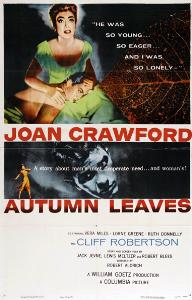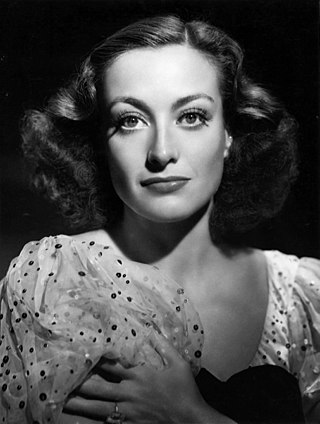
Joan Crawford was an American actress. She started her career as a dancer in traveling theatrical companies before debuting on Broadway. Crawford was signed to a motion picture contract by Metro-Goldwyn-Mayer in 1925. Initially frustrated by the size and quality of her parts, Crawford launched a publicity campaign and built an image as a nationally known flapper by the end of the 1920s. By the 1930s, Crawford's fame rivaled MGM colleagues Norma Shearer and Greta Garbo. Crawford often played hardworking young women who find romance and financial success. These "rags-to-riches" stories were well received by Depression-era audiences and were popular with women. Crawford became one of Hollywood's most prominent movie stars and one of the highest paid women in the United States, but her films began losing money. By the end of the 1930s, she was labeled "box office poison".
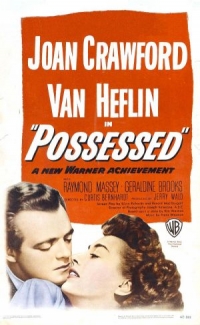
Possessed is a 1947 American psychological drama directed by Curtis Bernhardt, starring Joan Crawford, Van Heflin, and Raymond Massey in a tale about an unstable woman's obsession with her ex-lover. The screenplay by Ranald MacDougall and Silvia Richards was based upon a story by Rita Weiman.

Robert Burgess Aldrich was an American film director, producer, and screenwriter. An iconoclastic and maverick auteur working in many genres during the Golden Age of Hollywood, he directed mainly films noir, war movies, westerns and dark melodramas with Gothic overtones. His most notable credits include Vera Cruz (1954), Kiss Me Deadly (1955), The Big Knife (1955), Autumn Leaves (1956), Attack (1956), What Ever Happened to Baby Jane? (1962), Hush...Hush, Sweet Charlotte (1964), The Flight of the Phoenix (1965), The Dirty Dozen (1967), and The Longest Yard (1974).

Queen Bee is a 1955 American film starring Joan Crawford, John Ireland, Betsy Palmer, and Barry Sullivan. The film was directed by Ranald MacDougall and produced by Jerry Wald. The screenplay by MacDougall was based upon the 1949 novel The Queen Bee by Edna L. Lee.

The Young Philadelphians is a 1959 American legal drama film directed by Vincent Sherman and starring Paul Newman, Barbara Rush, Robert Vaughn and Alexis Smith. The film is based on the 1956 novel The Philadelphian, by Richard P. Powell.
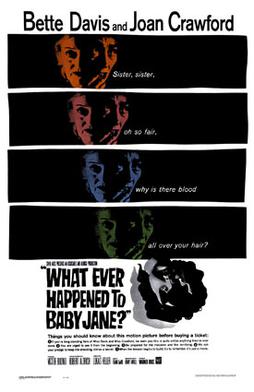
What Ever Happened to Baby Jane? is a 1962 American psychological horror thriller film directed and produced by Robert Aldrich, from a screenplay by Lukas Heller, based on the 1960 novel of the same name by Henry Farrell. The film stars Bette Davis and Joan Crawford, and features the major film debut of Victor Buono. It follows an aging former child star tormenting her paraplegic sister, a former movie star, in an old Hollywood mansion.
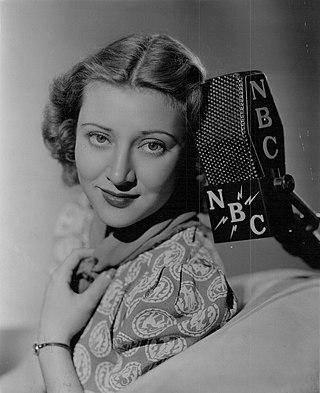
Jean Rouverol was an American author, actress and screenwriter who was blacklisted by the Hollywood movie studios in the 1950s.
William Schoell is an American author, biographer and film historian, born in Manhattan and educated in Vermont, earning a B.A. from Castleton University. A cult horror author known for his visceral, energetic and graphic style, he has written several horror and suspense novels, such as Late at Night (1986) and Saurian (1988), as well as more recent forays into the genre, such as Monster World and Posthumous. He was the author of "Hidden Horrors," a column in the now defunct horror magazine The Scream Factory, now writes for Bare Bones magazine, and was a contributor of articles and reviews to periodicals including Writer, Writer's Digest, Paris Notes, Off Duty, Library Journal, and BBC Music. He was also a talk show radio host and producer. More recently, he has published books that deal with film, and biographies, some of which were written together with Hollywood biographer Lawrence J. Quirk, his domestic partner. His play Joe and Janice premiered at the American Theater of Actors in 2000. He writes a popular blog on movies called Great Old Movies as well as one on B movies, B Movie Nightmare. Prominent in the Gay Rights Movement in the 1970s and later, he formerly had a blog called "Ask Gay "Dr." Bill," which answered questions about gay life and the LGBT community.

The Joan Crawford filmography lists the film appearances of American actress Joan Crawford, who starred in numerous feature films throughout a lengthy career that spanned nearly five decades.

The Caretakers is a 1963 American drama film starring Robert Stack, Polly Bergen, Diane McBain, Joan Crawford and Janis Paige in a story about a mental hospital.
Lawrence J. Quirk was an American writer, Hollywood reporter and film historian.
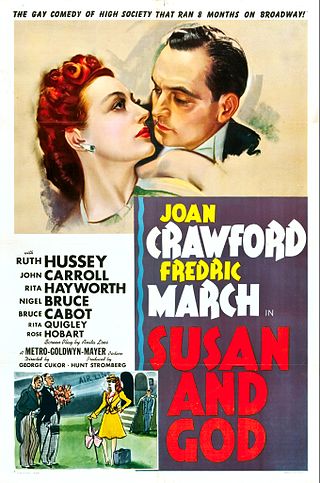
Susan and God is a 1940 American comedy-drama film released by Metro-Goldwyn-Mayer directed by George Cukor and starring Joan Crawford and Fredric March. The screenplay was written by Anita Loos and was based upon a 1937 play by Rachel Crothers. The supporting cast features Rita Hayworth and Nigel Bruce.
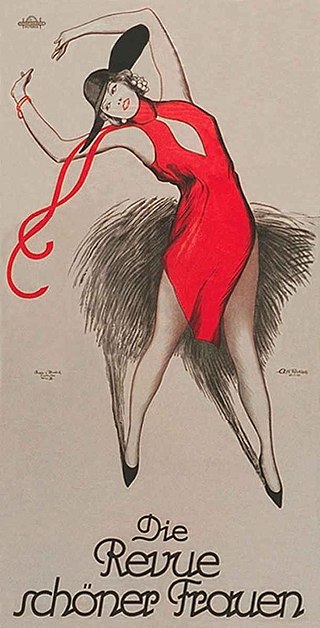
Pretty Ladies is a 1925 American silent comedy drama film starring ZaSu Pitts and released by Metro-Goldwyn-Mayer. The film is a fictional recreation of the famed Ziegfeld Follies. Directed by Monta Bell, the film was written by Alice D. G. Miller and featured intertitles by Joseph Farnham. Pretty Ladies originally featured musical color sequences, some in two-color Technicolor. However, the color sequences are now considered lost.

Dance, Fools, Dance is a 1931 pre-Code Metro-Goldwyn-Mayer drama film starring Joan Crawford, Clark Gable, and Lester Vail in a story about a reporter investigating the murder of a colleague. Story and dialogue were created by Aurania Rouverol, and the film was directed by Harry Beaumont. Dance, Fools, Dance was the first of eight movies featuring Crawford and Gable.
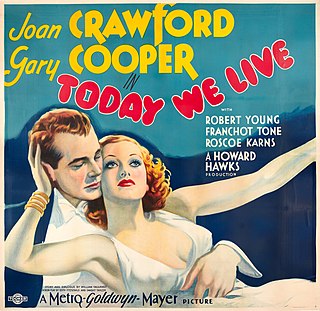
Today We Live is a 1933 American pre-Code romance drama film produced and directed by Howard Hawks and starring Joan Crawford, Gary Cooper, Robert Young and Franchot Tone.

The Only Thing is a 1925 American silent romantic drama film starring Eleanor Boardman. The film's scenario was written by author Elinor Glyn, and was based on a story adapted from Glyn's novel of the same name.
Jack Jevne was an American screenwriter. He also worked as an actor and served as sergeant first class during World War I. He wrote for 58 films between 1919 and 1956, notably working with Laurel and Hardy on several occasions. He was born in Provo, Utah, the son of Lloyd Jevne, a professional billiard player, and Anna Anderberg, a Swedish immigrant.

The Best of Everything is a 1959 American drama film directed by Jean Negulesco from a screenplay by Edith Sommer and Mann Rubin, based on the 1958 novel of the same name by Rona Jaffe. It stars Hope Lange, Stephen Boyd, Suzy Parker, Martha Hyer, Diane Baker, Brian Aherne, Robert Evans, Louis Jourdan, and Joan Crawford. The film follows the professional careers and private lives of three women who share a small apartment in New York City and work together at a paperback publishing firm. Alfred Newman wrote the musical score, the last under his longtime contract as 20th Century-Fox's musical director.
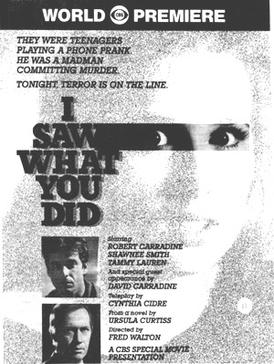
I Saw What You Did is a 1988 American made-for-television horror film directed by Fred Walton, with a screenplay by Cynthia Cidre. It is a remake of the 1965 theatrical film of the same name starring Joan Crawford, and the second adaptation of Out of the Dark by Ursula Curtiss. The film stars Shawnee Smith and Tammy Lauren as teenage friends Kim Fielding and Lisa Harris, respectively, and Candace Cameron as Kim's younger sister Julie; opposite them is Robert Carradine as the mentally disturbed Adrian Lancer, and David Carradine as his brother Stephen. While making prank phone calls pretending to know who the other person is, and what they've done, Kim and Lisa call Adrian, who has recently murdered his girlfriend, causing him to set out to find them.

Benjamin Thau was an American businessman who became vice-president of the Hollywood film studio Metro-Goldwyn-Mayer (MGM), a subsidiary of the Loew's theater chain. From 1928 he was in charge of casting, in the business of discovering and developing talented performers. He was known for his quiet and calming influence with often temperamental stars. Towards the end of his career he was head of the studio from 1956 to 1958.
